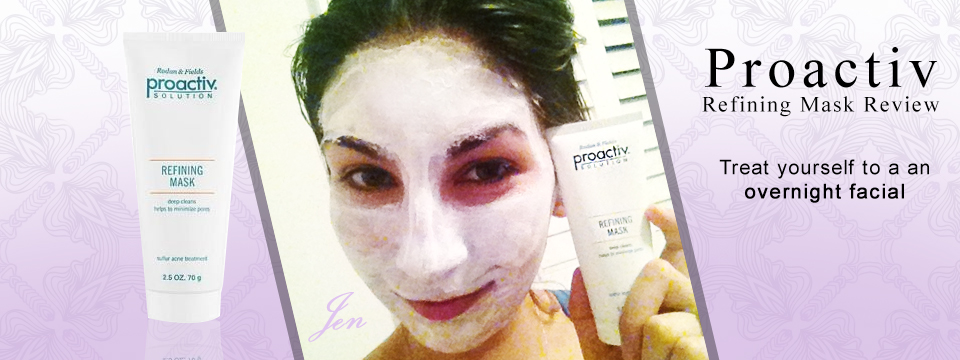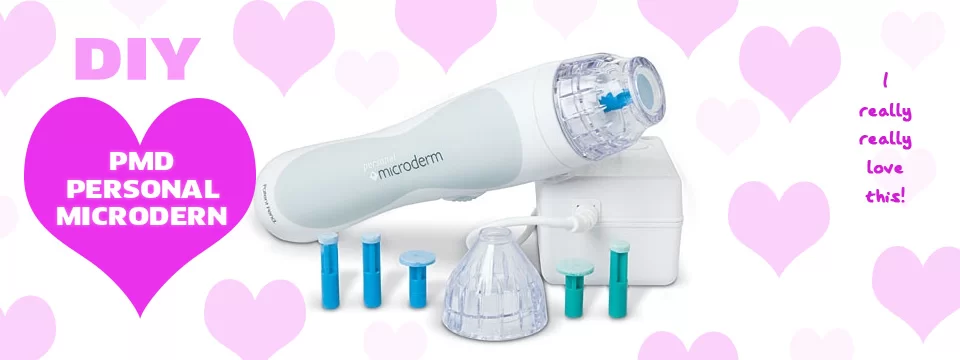Olive oil, a staple in Mediterranean cuisine, has been revered for centuries not just for its rich flavor but also for its myriad health benefits. Among these benefits, its potential role in skincare, particularly in combating wrinkles, has garnered significant attention. As a dermatologist, I’ve delved deep into the science behind olive oil and its effects on the skin. In this article, we’ll explore the benefits of olive oil for skincare and how it can be a potent weapon against wrinkles.
1. The Science Behind Olive Oil’s Skincare Benefits
Olive oil is packed with antioxidants, vitamins, and essential fatty acids. These compounds play a crucial role in maintaining skin health:
- Vitamin E: A powerful antioxidant, Vitamin E fights off free radicals that cause oxidative stress, one of the primary culprits behind premature aging and wrinkles.
- Vitamin A: Essential for skin cell production and repair, Vitamin A can help reduce the appearance of fine lines and boost skin’s natural glow.
- Fatty Acids: Olive oil is rich in oleic acid, linoleic acid, and palmitic acid. These fatty acids help maintain the skin’s moisture barrier, ensuring hydration and elasticity.
2. Olive Oil and Wrinkles: The Connection
The skin’s natural oil production decreases with age, leading to dryness and the formation of wrinkles. Olive oil acts as a natural moisturizer, replenishing the skin’s oils, improving elasticity, and reducing the appearance of fine lines.
Furthermore, the antioxidants in olive oil protect the skin from damage caused by environmental factors like UV rays and pollution. By neutralizing free radicals, olive oil prevents them from breaking down collagen and elastin fibers, which are essential for smooth, wrinkle-free skin.
3. How to Use Olive Oil for Wrinkle Reduction
Direct Application:
- After cleansing your face, take a few drops of extra virgin olive oil on your fingertips.
- Gently massage the oil into your skin, focusing on areas with wrinkles or fine lines.
- Leave it on overnight for best results.
How to Use Olive Oil to Remove Eye Wrinkles
Using olive oil under the eyes can be a natural remedy to combat fine lines and wrinkles due to its moisturizing properties and rich content of antioxidants, especially vitamin E. Here’s a step-by-step guide on how to use olive oil for under-eye wrinkles:
1. Choose the Right Olive Oil:
- Opt for extra virgin olive oil (EVOO). It’s the purest form of olive oil and contains the highest amount of beneficial nutrients.
2. Cleanse Your Face:
- Start with a clean face. Gently cleanse your skin to remove any makeup, dirt, or impurities.
3. Warm the Olive Oil:
- Pour a few drops of olive oil into your palm.
- Rub your hands together to warm the oil slightly. Warm oil can be more soothing and may absorb better into the skin.
4. Application:
- Using your ring finger (as it applies the least pressure), gently dab the olive oil onto the skin under your eyes. Avoid getting the oil directly into your eyes.
- Massage the oil gently in a circular motion, moving from the inner corner of your eye outward. This motion can also help with lymphatic drainage, potentially reducing puffiness.
5. Leave Overnight (Optional):
- For best results, you can leave the olive oil on overnight. This gives it ample time to moisturize the skin and allows the antioxidants to work.
- If you’re applying it during the day, you can leave it on for 20-30 minutes and then gently wipe away any excess oil with a soft tissue.
6. Consistency is Key:
- For noticeable results, apply olive oil regularly. Incorporate it into your daily or nightly skincare routine.
Additional Tips:
- Avoid Direct Sunlight: If you’ve applied olive oil during the day, avoid direct sunlight as the oil can make your skin more sensitive to UV rays.
- Patch Test: Before using olive oil extensively, conduct a patch test to ensure you don’t have an allergic reaction or sensitivity.
- Mix with Other Ingredients: You can enhance the benefits by mixing olive oil with other skin-friendly ingredients. For example, combining olive oil with vitamin E oil can boost its antioxidant properties.
Remember, while olive oil can offer moisturizing benefits and provide some antioxidants, it’s not a miracle cure for wrinkles. It’s essential to maintain a holistic skincare routine, including sun protection, hydration, and a balanced diet, to effectively combat signs of aging. If you have concerns about wrinkles or other skin issues, it’s always a good idea to consult with a dermatologist or skincare professional.
Olive Oil and Lemon Juice:
- Mix a few drops of olive oil with fresh lemon juice.
- Apply the mixture to your face, letting it sit for 20-30 minutes before rinsing.
Olive Oil and Egg White Mask:
- Combine olive oil with one egg white.
- Apply the mixture to your face and let it dry.
- Rinse with lukewarm water.
4. Choosing the Right Olive Oil
For skincare purposes, always opt for extra virgin olive oil (EVOO). EVOO is the purest form of olive oil, extracted without the use of chemicals or heat. It retains the maximum amount of nutrients, making it the most beneficial for the skin.
5. Precautions and Tips
- Always conduct a patch test before using olive oil or any new product on your face.
- If you have oily skin or are prone to breakouts, use olive oil sparingly.
- Store olive oil in a cool, dark place to preserve its nutrients.
Olive Oil and Skin Absorption
- Molecular Structure: The absorption rate of any oil into the skin largely depends on its molecular structure. Olive oil primarily consists of oleic acid, which has a larger molecular size compared to linoleic acid found in oils like grapeseed or rosehip. This larger size means that olive oil takes longer to penetrate the skin’s outer layer.
- Occlusive Nature: While olive oil does absorb into the skin, it also has an occlusive property. This means it forms a protective barrier on the skin’s surface, helping to lock in moisture. This barrier can make it feel like the oil sits on top of the skin, but over time, the skin does absorb a significant portion of the oil.
- Benefits of Slower Absorption: The slower absorption rate of olive oil can be beneficial for individuals with dry or sensitive skin. The oil provides prolonged moisturization and forms a protective layer that prevents moisture loss, making the skin feel soft and supple.
- Combining with Other Oils: To enhance the absorption rate, olive oil can be mixed with other carrier oils that have faster absorption rates. For instance, mixing olive oil with jojoba oil or almond oil can make it feel lighter on the skin and absorb more quickly.
Considerations
While olive oil can be beneficial for many skin types, it’s essential to note that everyone’s skin is different. Some people might find olive oil too heavy or comedogenic (pore-clogging), especially those with oily or acne-prone skin. It’s always a good idea to conduct a patch test before using olive oil or any new product extensively on the skin.
In conclusion, olive oil does absorb into the skin, albeit at a slower rate than some other oils. Its moisturizing properties and ability to form a protective barrier make it a popular choice for skincare, especially for those with dry or mature skin.
Benefits of Leaving Olive Oil on Skin Overnight:
- Deep Moisturization: The occlusive nature of olive oil helps lock in moisture, making it especially beneficial for dry skin. Leaving it on overnight allows for prolonged hydration.
- Rich in Antioxidants: Olive oil is packed with antioxidants like vitamin E, which can help combat free radicals and prevent skin damage. An overnight application can give these antioxidants ample time to work on the skin.
- Natural Softening: Olive oil can soften rough areas like elbows, knees, and heels. Applying it overnight can enhance this softening effect.
Precautions and Tips:
- Patch Test: Before applying olive oil all over your face or body, conduct a patch test to ensure you don’t have an allergic reaction or sensitivity.
- Acne-Prone Skin: If you have oily or acne-prone skin, be cautious. Olive oil is somewhat comedogenic, which means it can clog pores and potentially lead to breakouts for some individuals.
- Use Sparingly: A little goes a long way. You don’t need to apply a thick layer; a few drops massaged into the skin should suffice.
- Pillow Protection: If you’re applying olive oil to your face or hair before bed, consider using an old pillowcase or placing a towel over your pillow to prevent staining.
- Mix with Other Oils: If you find olive oil too heavy, consider mixing it with a lighter oil like jojoba or almond oil for better absorption and a less greasy feel.
- Quality Matters: Always opt for extra virgin olive oil (EVOO) for skincare. It’s the purest form and contains the highest amount of nutrients.
- Wash in the Morning: While olive oil is beneficial, it’s a good practice to cleanse your skin in the morning to remove any residue and prevent potential pore-clogging.
While leaving olive oil on your skin overnight can be beneficial, it’s essential to listen to your skin and observe how it reacts. If you notice any adverse reactions, such as increased breakouts or irritation, it might be best to reduce the frequency of use or consider other oils better suited to your skin type.
Conclusion
Olive oil, with its rich nutrient profile, can be a valuable addition to your skincare routine. While it’s not a miracle cure for wrinkles, its moisturizing and antioxidant properties can certainly help reduce their appearance and improve overall skin health. As with any skincare product, consistency is key. Regular use, combined with a balanced diet and proper sun protection, can yield noticeable results.



